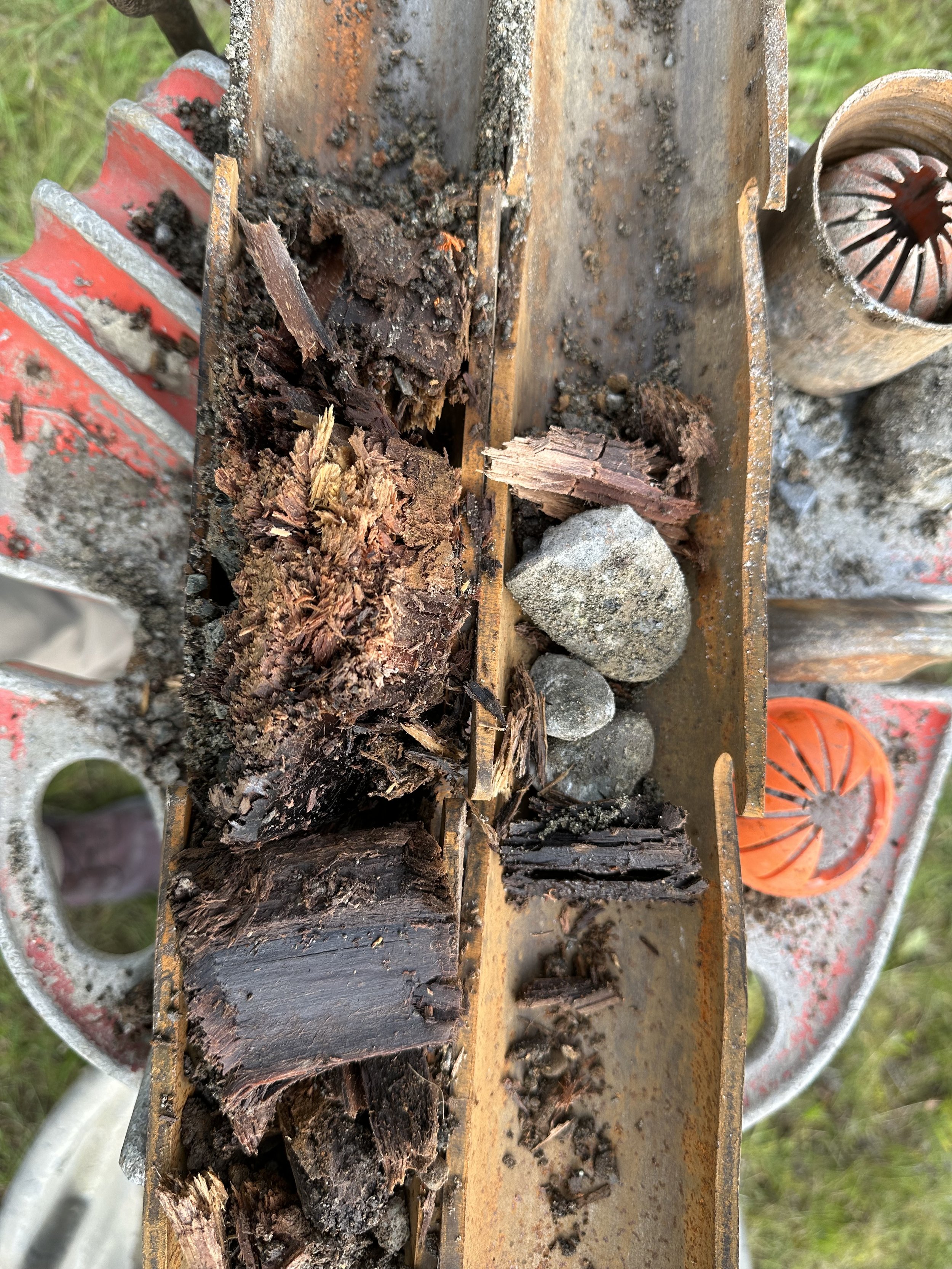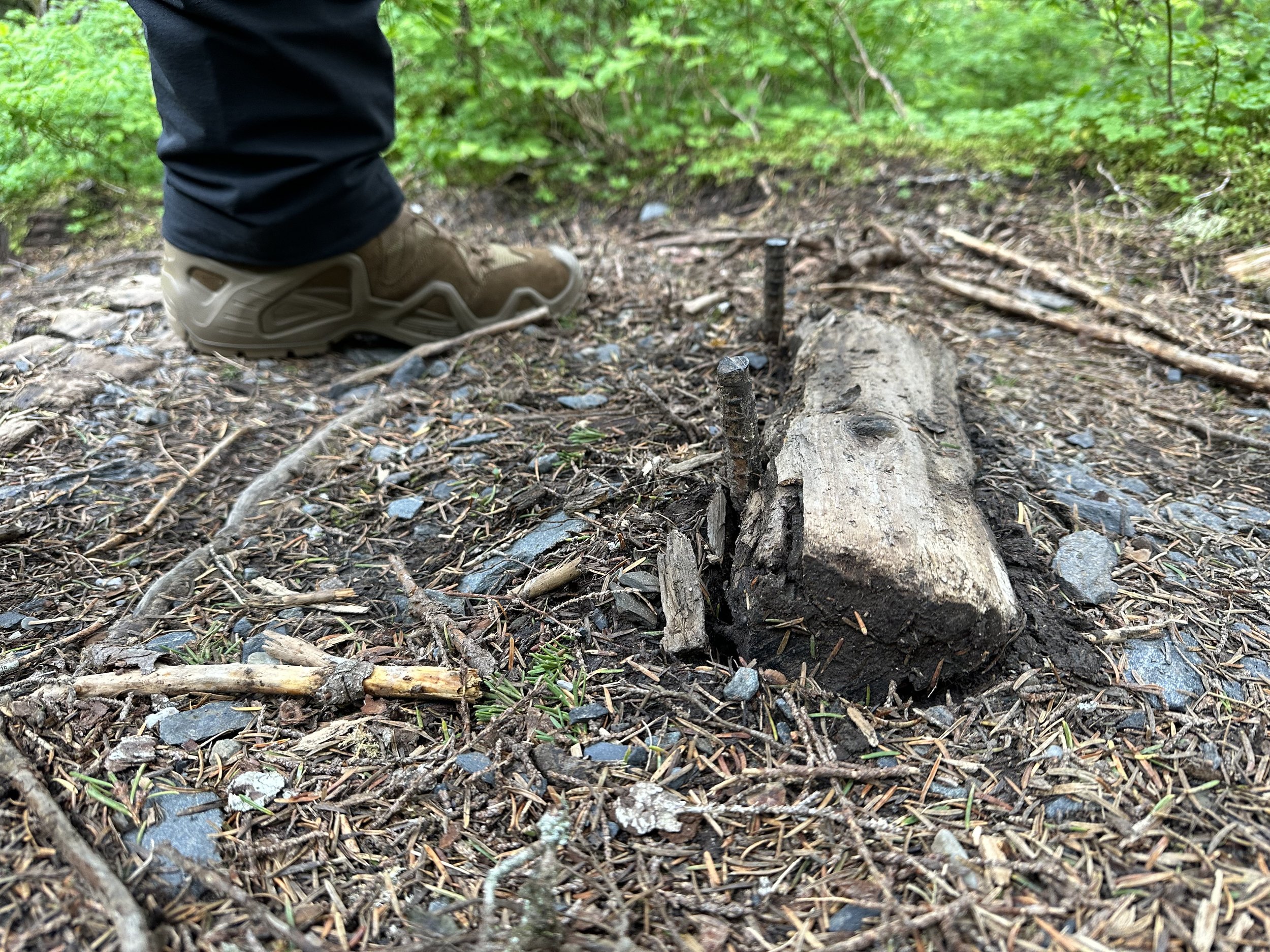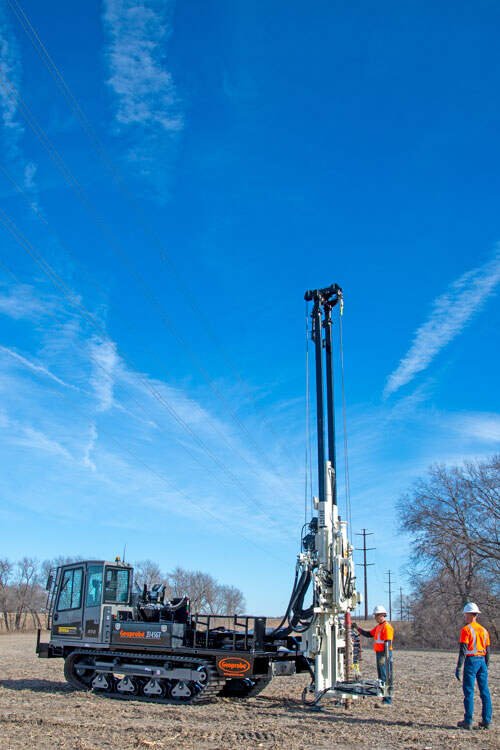Visual Inspections and Existing Conditions
Today, we're looking at elements of geotechnical site investigations. The site investigation is a critical element of any project. Site investigations provide engineers with crucial information about the subsurface conditions in a given area. While many different tools and techniques are available during a site investigation, the primary focus of this post will be visual inspections of surface conditions.
Existing surface conditions:
A visual inspection of surface conditions is a straightforward and cost-effective way to begin analyzing a site and is often conducted during initial site visits prior to the start of any subsurface exploration. During a visual inspection, engineers look for indications of what may lie below the surface. During this phase, engineers are also looking for any constraints on site that could create logistical challenges during construction. Some of the things I make note of during visual inspections are:
General Site Characteristics
Is the site prone to flooding? Are there dramatic elevation changes throughout the site? Is the area paved? Gravel? Grass? Is the site being used currently? If so, for what?
The general site characteristics are your first impressions of a site. What can you see before you begin to look for specific details? Often, there is a lot of information that can be garnered intuitively from the first few moments of observing a site, and while these details may seem obvious, it is important to note them for future reference.
Tree coverage
Are there lots of trees? How large are they? What is the spacing between them?
Sites with dense tree coverage present several challenges. The first relates to the physical constraints they can place on the investigation. A typical geotechnical drill rig used to take soil samples requires a minimum of a 10' wide path to navigate the site. The rig will also require about 30 feet above the rig to be free of obstructions when driving the sampler. The size of the trees can be an indication of potential root depth as well as the size of the critical root zone. The species of tree heavily impacts the characteristics of the roots. While tree roots don't usually cause problems during the sampling process, they may be of concern if the trees are to be left unharmed. Environmental regulations and the design intent of the designers may necessitate conducting site investigations that would preserve the health of some or all of the trees on the site.
A geotechnical drill rig used to procure soil samples from depths of over 100’
Signs of previous land use
Are there any structures on the site? Are there abandoned foundations? Are power lines present? Are there cars, equipment, tools, furniture, etc. left on the site?
How the property has been used in the past can yield valuable insights into its subsurface conditions and future developability. If a site has been previously developed, there may be data available on the geotechnical conditions from past projects. Soil conditions are often very consistent over the human time scale (100s of years), and while historical data comes with its own set of challenges that are beyond the scope of this post, they can often be valuable. Previous development can also create challenges for future projects. Old foundations can be made of stone or concrete and oftentimes remain buried in the ground even after the structure has been removed. Abandoned foundations can damage geotechnical drilling equipment during subsurface exploration and can affect the stability of the soil when designing a new foundation. When looking for signs of previous use, it's important to pay attention to the details of the site; often, after 50+ years of being abandoned, a site can look like it hasn't been inhabited previously. Small details such as broken concrete, stray rebar, buried wood boards, and stray pipes can all be easily missed by a cursory look around.


Indicators of potential hazards or contamination
Are there barrels or potentially buried barrels? Is there posted signage regarding hazardous materials? Is there discoloration of surface water or soils? Are there smells or odors that seem out of place? Is it near current or formerly industrial sites? Is there potentially unexploded ordinance?
Signs of contamination on site are some of the most important information to gather during site visits. Hazards on site can pose an immediate danger to those working on the site, as well as being able to completely change the trajectory and economic feasibility of a project. Barrels and drums on a site are a strong indicator of potential contamination. Leakage and spillage of industrial chemicals poses a risk to the environment on and around the site. Any soils removed from a contaminated site must be handled properly to avoid unnecessary exposure to people and to safeguard against further environmental damage. The unique handling requirements can dramatically increase the cost and time required to complete a geotechnical subsurface investigation.
A note on unexploded ordinance: In many parts of Europe and the Middle East, it is common for geotechnical engineers to encounter munitions from previous armed conflicts. These munitions can be extremely dangerous and pose an imminent threat to life. It is imperative that all staff working on sites be trained to identify the types of ordinance that could be present in their local region.
There are many other considerations when visiting a site, many of which are region or season-dependent. For instance, are there archaeological concerns that need to be considered? Is the site snow-covered? However, the elements listed above provide a good starting point for what to look for in a site visit. Ultimately, the best advice is to document everything and especially pay attention to anything that seems out of place.
